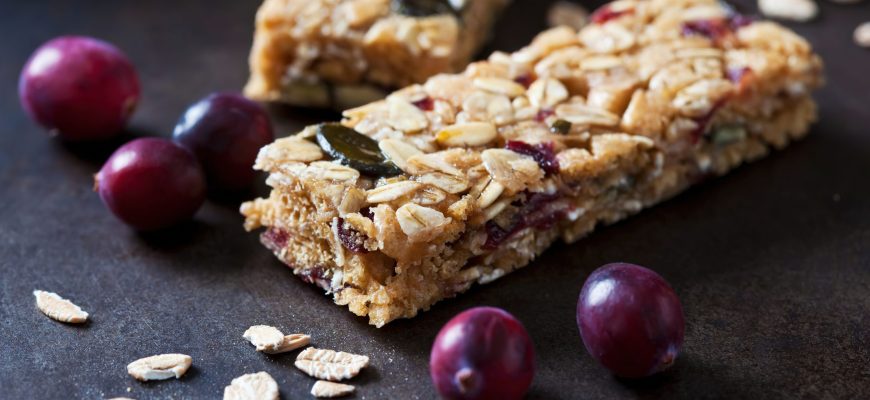How to Choose Healthier Granola and Cereal Bar Options
In today’s bustling world, granola and cereal bars seem like the ultimate on-the-go snack or breakfast. Their convenience, coupled with the perception of being a healthier choice, has made them staples in many diets. But are they truly as wholesome as they appear? Let’s delve deeper into the world of these popular bars and learn how to make more informed choices.
1. Deciphering the Nutrition Label
Understanding the nutrition label is your best weapon against hidden sugars, unhealthy fats, and empty calories. Here’s what to look for:
- Sugar Content: Opt for bars with no added sugars or those sweetened with natural sources like dates or honey.
- Fiber: A good bar should have at least 3 grams of fiber to ensure it’s filling and beneficial for digestion.
- Protein: Protein aids in satiety. Look for at least 5 grams per serving.
- Ingredients: The fewer, the better. Ensure the ingredients are recognizable and avoid those with artificial additives.
2. The Role of Whole Ingredients
Whole ingredients mean the product hasn’t been overly processed, retaining more of its natural nutrients. Seek out bars containing:
- Whole Grains: Like oats, quinoa, or millet.
- Nuts and Seeds: They add a healthy dose of good fats and protein.
- Dried Fruits: Though they add natural sweetness, ensure they aren’t the primary ingredient to avoid excessive sugar.
3. Beware of Misleading Claims

4. DIY for Ultimate Control
The best way to ensure your granola or cereal bar is genuinely healthy is to make it at home. This way, you can control the ingredients, sugar levels, and portion sizes. Plus, homemade bars can be a fun, family-friendly activity!
Understanding the Difference Between Granola and Cereal Bars
It’s easy to group granola and cereal bars together, but they can be distinctly different in composition and nutritional profile.
Granola Bars: These are typically made up of rolled oats, nuts, honey, and sometimes puffed rice, held together with a type of syrup. They can be chewy or crunchy, and many come enhanced with dried fruits, chocolate chips, or additional seeds. While granola itself is a nutritious food, the bars can sometimes be calorie-dense due to added sugars.
Cereal Bars: Cereal bars are more diverse in their grain content. They may include cornflakes, wheat, rice crisps, or bran. Often, they’re fortified with vitamins and minerals. Many cereal bars come with a fruit filling, which, while delicious, can sometimes be a hidden source of added sugars.
5. The Importance of Portion Control
Even the healthiest bars can contribute to weight gain if consumed in excess. Always be mindful of serving sizes. Some larger bars are meant to be two servings, so breaking them in half can help control intake. Additionally, pairing your bar with a protein, like Greek yogurt or a handful of nuts, can make it a more balanced snack.
6. The Role of Allergens and Dietary Preferences
For those with food allergies o
r specific dietary preferences, it’s essential to scrutinize labels. Many bars contain nuts, soy, dairy, or wheat. However, the market is also filled with options catering to vegan, gluten-free, or nut-free diets. Always read the ingredient list and any allergen warnings.
7. The Environmental Impact
The packaging of single-serving bars can accumulate over time. If you’re environmentally conscious, seek out brands that use sustainable or biodegradable packaging. Better yet, making your bars at home can reduce waste altogether.
In conclusion, while granola and cereal bars offer convenience, they’re not all created equal. A discerning eye, coupled with knowledge, can help you navigate the aisle, ensuring you’re fueling your body with the best options available. And if you’re ever in doubt, remember that real, whole foods – fruits, nuts, seeds – often make the best snacks of all.



